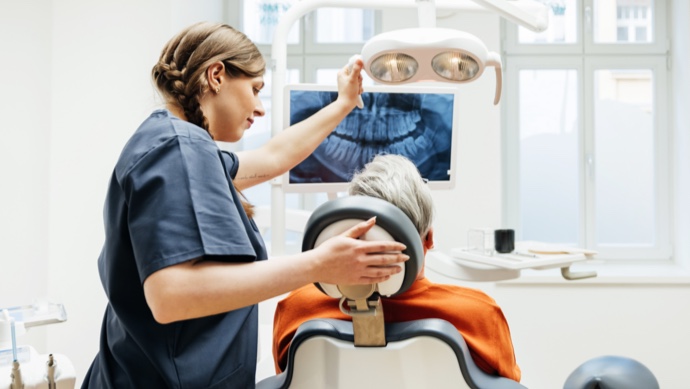
Procedures that may affect your device
If surgery or dental work requires you to stop taking your medications prematurely, you and your doctors should carefully consider the risks and benefits of this additional surgery or dental work versus the possible risks from stopping these medications early. Talk to your heart specialist and the doctor performing the procedure about the timing of any medical procedures you may need.
Understanding the importance of medications
After your WATCHMAN procedure, it’s extremely important to take the medications prescribed by your doctor at the recommended time. These include: blood thinners, clopidogrel, and aspirin. If you stop taking these medications or change their dosage before your doctor instructs you to do so, it may increase your chances of blood clot formation, subsequent stroke, or even death. Talk to your doctor before stopping your medications or changing the dosage.
Talk to your doctor
If you need medical or dental treatment, tell your dentist or doctor you have a WATCHMAN Implant and show them your WATCHMAN Implant Card. Your care team can contact your heart specialist and work together to find a treatment that works best for you.